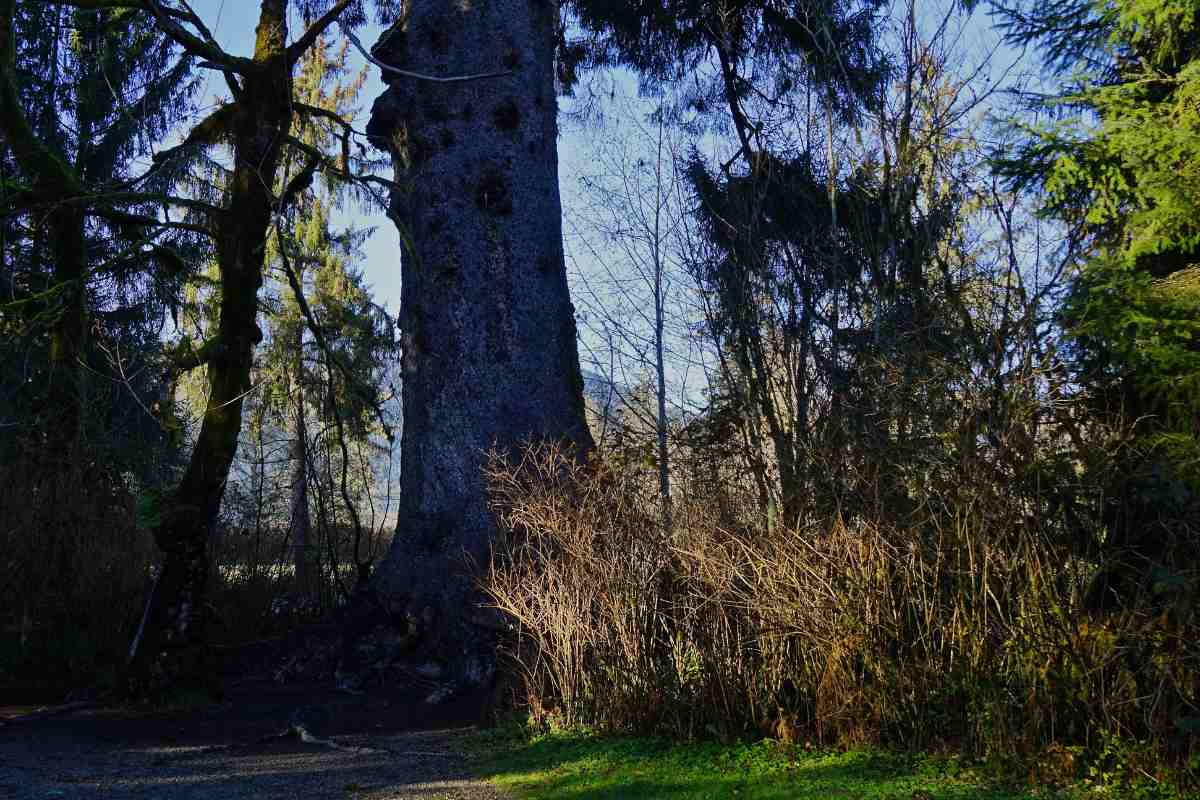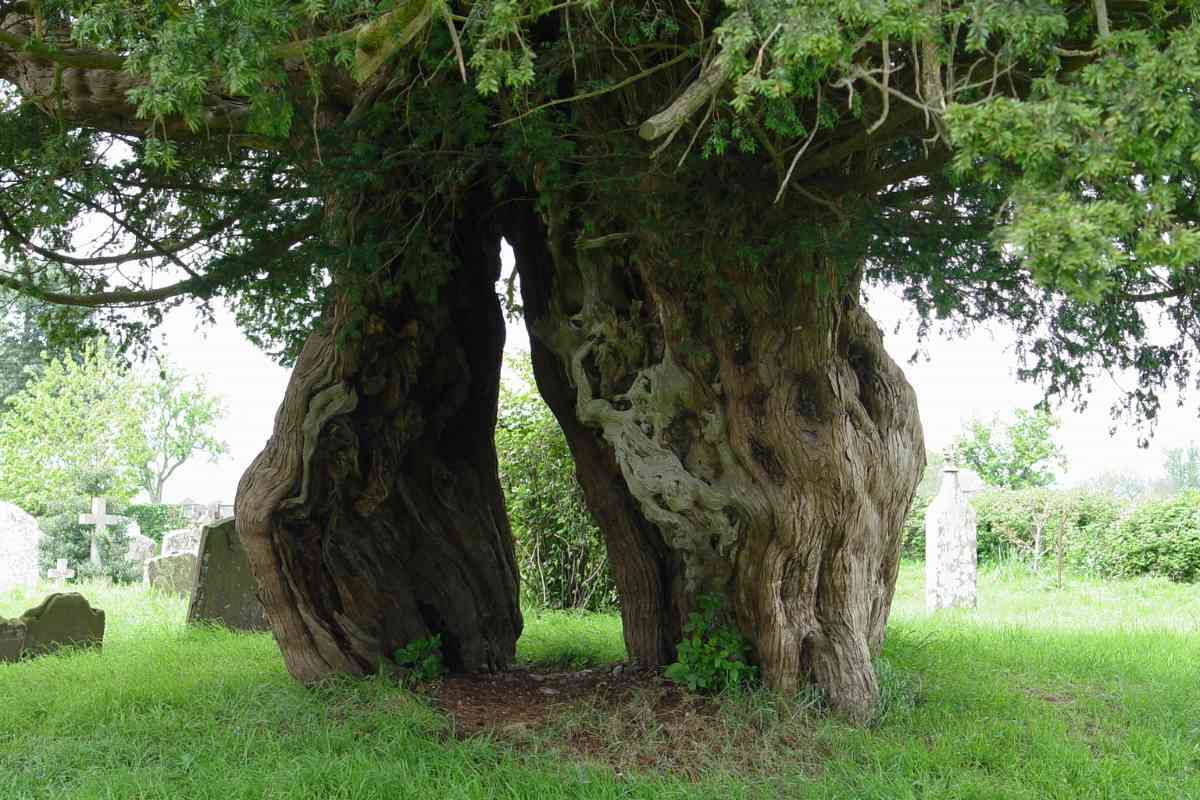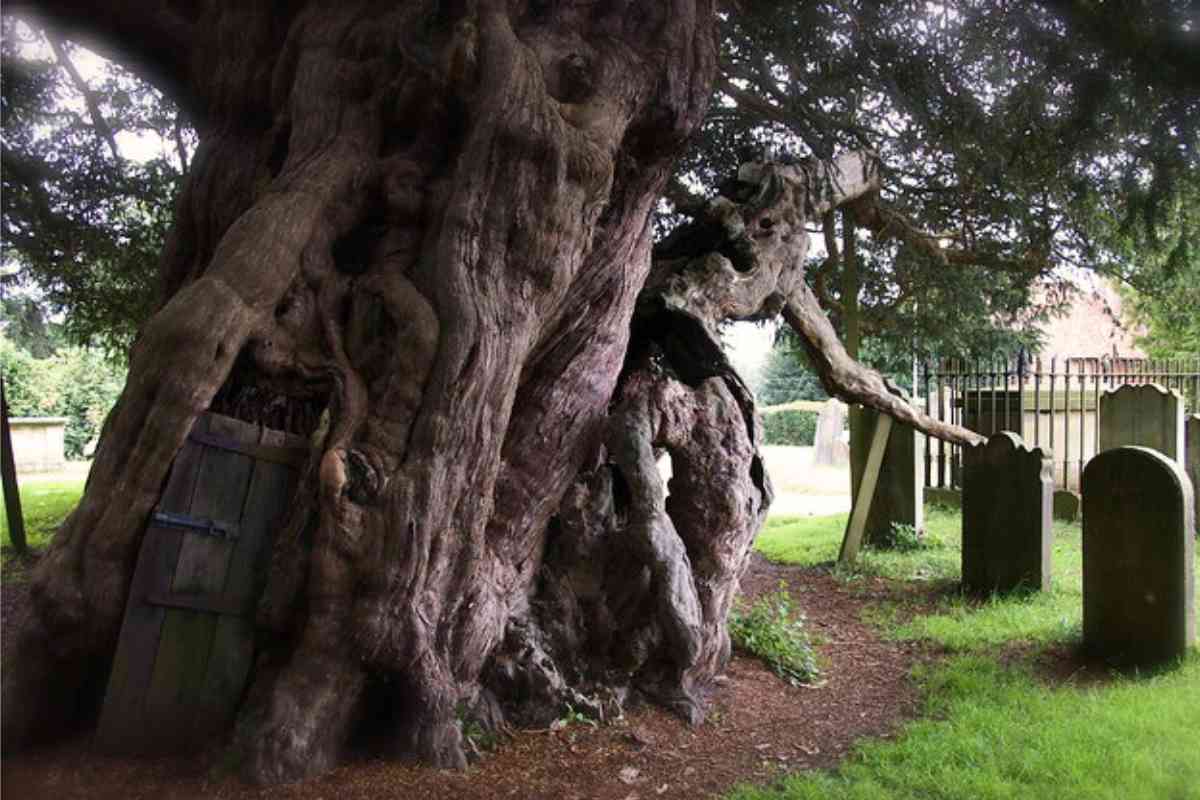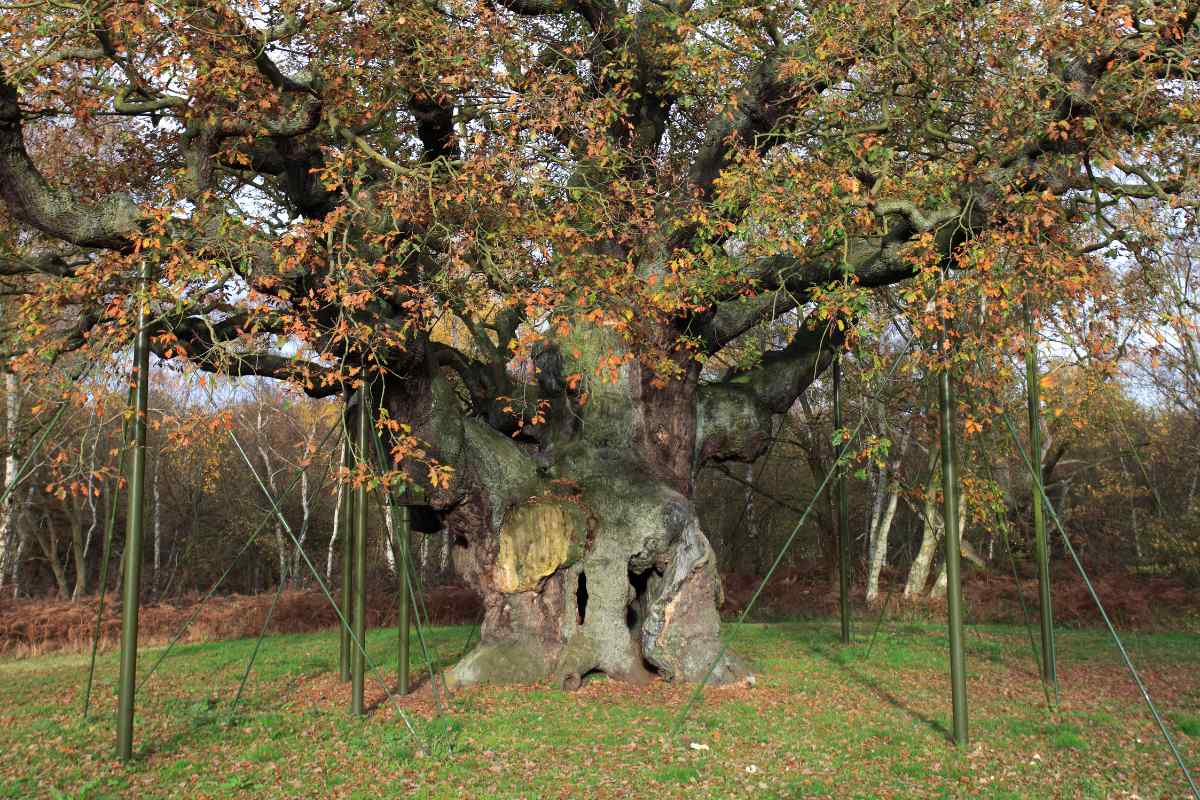The Sitka Spruce tree, scientifically known as Picea sitchensis, is a majestic and awe-inspiring species that can be found in the coastal regions of North America. Named after Sitka, Alaska, where it was first discovered, this tree has become an iconic symbol of the Pacific Northwest. With its towering height and impressive size, the Sitka Spruce is truly a sight to behold.
In this blog post, we will delve into the world of the Sitka Spruce tree and explore its significance in the natural world. We will uncover the secrets behind its incredible height and growth, examine its unique structural features, and discuss the genetic and environmental factors that contribute to its success. By understanding the remarkable qualities of Sitka Spruce, we can gain valuable insights into growth, resilience, and conservation.
The Tallest of the Tall: Unraveling the Secrets of Sitka Spruce
One of the most fascinating aspects of the Sitka Spruce tree is its incredible height. These trees can reach staggering heights of up to 300 feet (91 meters), making them some of the tallest trees in the world. Their towering presence has captivated scientists, nature enthusiasts, and visitors alike, sparking curiosity about how they are able to grow so tall.
The quest to unravel the secrets behind the height of Sitka Spruce trees has led researchers to explore various factors that contribute to their impressive growth. From genetic traits to environmental conditions, there are many elements at play that enable these trees to reach for the sky. By understanding these factors, we can gain a deeper appreciation for the majesty of these towering giants.
The Quest for Height: How Sitka Spruce Trees Reach for the Sky
Sitka Spruce trees have a natural inclination to grow tall, which can be attributed to their evolutionary history. In their native habitat, these trees face competition for sunlight, as they often grow in dense forests. By growing taller than their neighboring trees, Sitka Spruce can access more sunlight and gain a competitive advantage in the race for survival.
The height of Sitka Spruce trees also serves as a defense mechanism against herbivores. By growing tall, these trees can place their foliage out of reach of browsing animals, reducing the risk of damage to their leaves and branches. This evolutionary advantage has allowed Sitka Spruce to thrive in their natural environment and become one of the dominant tree species in the Pacific Northwest.
Scaling New Heights: Exploring the Factors Behind Sitka Spruce’s Impressive Growth
The growth of Sitka Spruce trees is influenced by a combination of factors, including sunlight, water, and nutrients. Sunlight is essential for photosynthesis, the process by which plants convert sunlight into energy. Sitka Spruce trees have adapted to maximize their exposure to sunlight by growing straight and tall, with a narrow crown that allows light to penetrate through the canopy.
Water is another crucial factor in the growth of Sitka Spruce trees. These trees have a high water demand and require moist soil conditions to thrive. They are often found in areas with high rainfall or near bodies of water, where they can access an abundant supply of water. In addition to water, Sitka Spruce trees also require a rich supply of nutrients, such as nitrogen and phosphorus, which are essential for their growth and development.
The Anatomy of a Giant: Understanding the Structure of the Tallest Sitka Spruce Tree
The structure of Sitka Spruce trees plays a vital role in their ability to grow tall. These trees have a unique combination of strong and flexible wood that allows them to withstand the forces of wind and gravity. The wood near the base of the tree is denser and stronger, providing stability and support, while the wood higher up the trunk is more flexible, allowing the tree to sway in the wind without breaking.
Sitka Spruce trees also have a conical shape, with a narrow crown and a straight trunk. This shape helps to minimize wind resistance and reduce the risk of toppling over in strong winds. The branches of Sitka Spruce trees are also flexible and can bend without breaking, further enhancing their ability to withstand harsh weather conditions.
The Role of Genetics: Uncovering the Genetic Traits that Contribute to Height in Sitka Spruce
Genetics plays a significant role in determining the height of Sitka Spruce trees. Researchers have identified specific genetic traits that are associated with increased height in these trees. By selectively breeding trees with desirable traits, such as fast growth and tall stature, scientists have been able to produce Sitka Spruce trees that are even taller than their wild counterparts.
Selective breeding has been instrumental in the timber industry, where there is a demand for tall and straight trees for lumber production. By breeding trees with desired traits, such as increased height and straight trunks, foresters can produce timber that is of higher quality and more valuable. However, it is important to strike a balance between genetic improvement and preserving the natural diversity of Sitka Spruce populations.
Environmental Factors: How Climate and Soil Influence the Growth of Sitka Spruce

The growth of Sitka Spruce trees is heavily influenced by environmental factors, particularly climate and soil conditions. These trees thrive in cool and moist climates, where they can access an abundant supply of water. They are often found in coastal regions, where the combination of mild temperatures and high rainfall creates ideal conditions for their growth.
Sitka Spruce trees also require well-drained soil that is rich in organic matter. They prefer acidic soils with a pH level between 4.5 and 6.5, which allows them to absorb nutrients more efficiently. The presence of organic matter in the soil helps to retain moisture and provides a source of nutrients for the trees. In areas where the soil is too compacted or lacks organic matter, Sitka Spruce trees may struggle to grow to their full potential.
The Power of Adaptation: Examining Sitka Spruce’s Ability to Thrive in Challenging Conditions
One of the most remarkable qualities of Sitka Spruce trees is their ability to adapt to various environmental conditions. These trees have evolved to withstand strong winds, heavy rainfall, and even salt spray from the ocean. Their flexible branches and strong wood allow them to bend and sway in the wind without breaking, while their deep root systems provide stability and anchorage.
Sitka Spruce trees are also highly resistant to pests and diseases, which can pose a threat to other tree species. They have developed natural defenses, such as resin production, that help to deter insects and prevent the spread of diseases. This resilience has allowed Sitka Spruce trees to thrive in challenging environments and establish themselves as dominant species in coastal regions.
Conservation Efforts: Protecting and Preserving the Tallest Sitka Spruce Trees
Given their ecological importance and cultural significance, it is crucial to protect and preserve the tallest Sitka Spruce trees. Many of these trees can be found in national parks and protected areas, where they are safeguarded from logging and other human activities. These protected areas provide a safe haven for these majestic giants, allowing them to continue growing and thriving for future generations to enjoy.
Conservation efforts also involve monitoring the health and well-being of Sitka Spruce populations, as well as conducting research to better understand their ecology and biology. By studying these trees, scientists can gain valuable insights into their growth patterns, genetic diversity, and response to environmental changes. This knowledge can then be used to develop effective conservation strategies and ensure the long-term survival of Sitka Spruce trees.
Lessons from Nature: What Sitka Spruce Teaches Us About Growth and Resilience
Sitka Spruce trees offer valuable lessons about growth, resilience, and adaptation. Their ability to reach for the sky and thrive in challenging conditions serves as an inspiration for us all. Just as these trees have evolved to overcome obstacles and grow tall, we too can learn to overcome challenges and reach our full potential.
The Sitka Spruce teaches us the importance of resilience and flexibility in the face of adversity. By bending and swaying in the wind, these trees are able to withstand strong forces without breaking. Similarly, we can learn to adapt to changing circumstances and find strength in our ability to be flexible and resilient.
Appreciating the Majesty of Sitka Spruce Trees
In conclusion, the Sitka Spruce tree is a majestic species that captivates our imagination with its towering height and impressive growth. From its natural inclination to grow tall to its unique structural features and genetic traits, there is much to learn from these magnificent giants. By understanding the factors that contribute to their growth and resilience, we can gain valuable insights into our own lives and challenges.
It is important to appreciate and protect the tallest Sitka Spruce trees, as they are not only a symbol of natural beauty but also play a vital role in the ecosystem. Through conservation efforts and responsible management, we can ensure that these majestic trees continue to thrive for generations to come. Let us marvel at the majesty of the Sitka Spruce and be inspired by its ability to reach for the sky.
More Sources: Exploring the World’s Biggest Noble Fir Tree




Leave a Reply